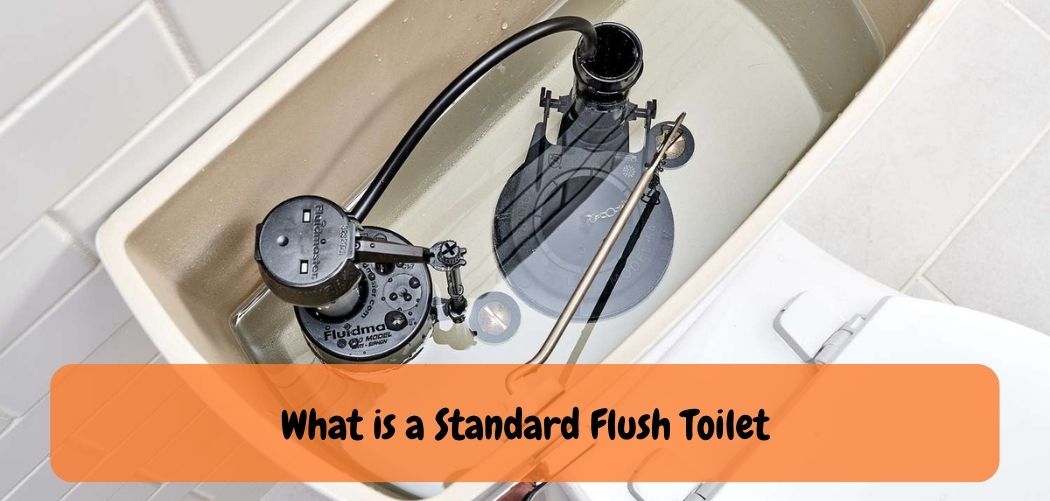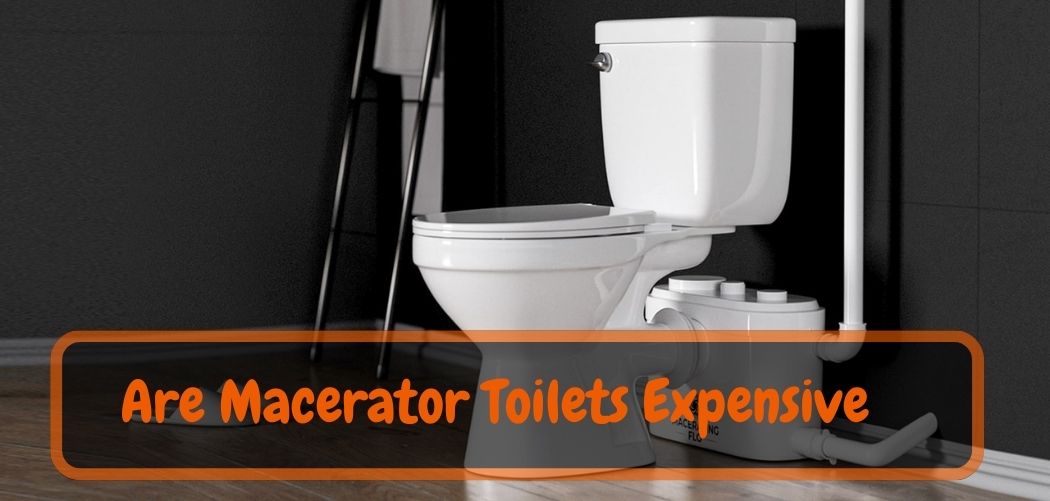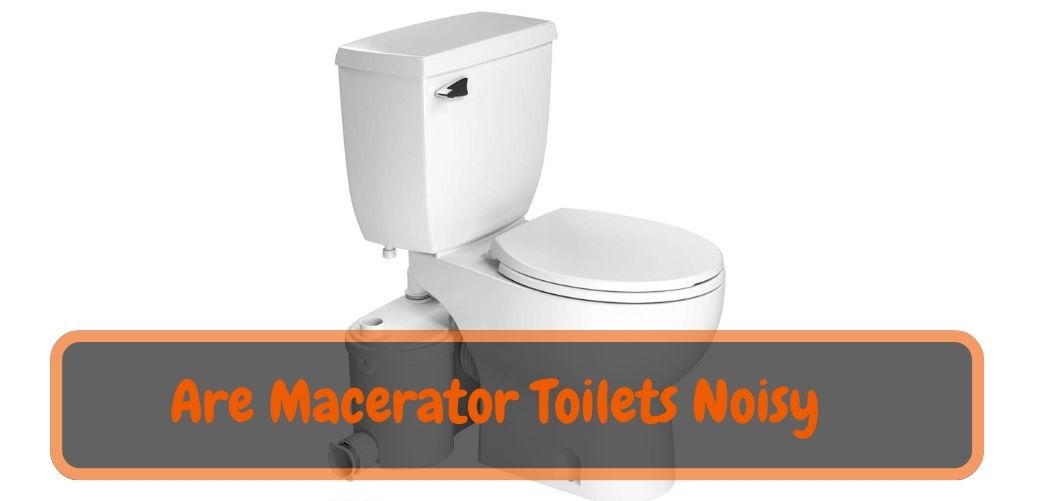The standard flush toilet, also known as the gravity-flush toilet, is a ubiquitous fixture in modern bathrooms worldwide. This reliable and efficient invention has revolutionized sanitation practices, providing a convenient and hygienic solution for waste disposal.
In this informative guide, we will explore the features, functionality, and benefits of a standard flush toilet, shedding light on its design principles and its role in promoting cleanliness and comfort in our daily lives.
A standard flush toilet operates on a simple yet effective principle of using gravity to remove waste from the bowl and transport it through the plumbing system.
Understanding the inner workings and key components of this essential fixture will enable us to appreciate its significance and make informed choices when selecting or maintaining a standard flush toilet.
The Guide: Standard Flush Toilet
The standard flush toilet, also known as the gravity-flush toilet, is a fundamental fixture found in homes, offices, and public spaces worldwide. This essential invention has transformed the way we manage waste, providing a convenient and hygienic solution for our everyday sanitation needs.
In this comprehensive guide, we will delve into the features, functionality, and benefits of a standard flush toilet, shedding light on its design, operation, and maintenance considerations.
Section 1: Anatomy of a Standard Flush Toilet
1. Bowl and Seat:
Exploring the design and construction of the toilet bowl, including different materials and shapes.
Discussing considerations such as comfort, hygiene, and durability.
Understanding the purpose and features of the toilet seat.
2. Tank and Flushing Mechanism:
Examining the components of the toilet tank, including the fill valve, flush valve, and flapper.
Explaining the flushing mechanisms, such as siphonic and wash-down systems.
Understanding how water is stored in the tank and released to create a flushing action.
Section 2: Flushing and Waste Removal Process
1. Flushing Process:
Detailing the sequence of events during a standard flush, from pressing the flush lever to water release and bowl evacuation.
Explaining the role of gravity in waste removal and the importance of proper water volume and pressure.
2. Trapway and Waste Disposal:
Discussing the function of the trapway, a curved passage beneath the toilet bowl, in guiding waste and preventing odors.
Exploring the connection between the toilet trapway and the plumbing system for efficient waste disposal.
Section 3: Water Efficiency and Environmental Considerations
1. Water Consumption:
Assessing the average water consumption of a standard flush toilet and comparing it to other toilet designs.
Exploring ways to optimize water efficiency, such as dual-flush mechanisms or low-flow toilet options.
2. Environmental Impact:
Discussing the importance of water conservation and the role of toilets in overall water usage.
Examining the environmental consequences associated with excessive water consumption and the benefits of using water-efficient toilets.
Section 4: Maintenance and Troubleshooting
1. Cleaning and Maintenance:
Providing guidelines for regular cleaning and maintenance routines to keep the toilet sanitary and functional.
Explaining how to handle common issues like clogs, leaks, and running water.
2. Upgrades and Innovations:
Discussing modern advancements in standard flush toilet technology, such as dual-flush systems, touchless flushing, and self-cleaning features.
Highlighting the benefits and considerations of upgrading to more advanced toilet options.
How Many Flush is a Standard Toilet?
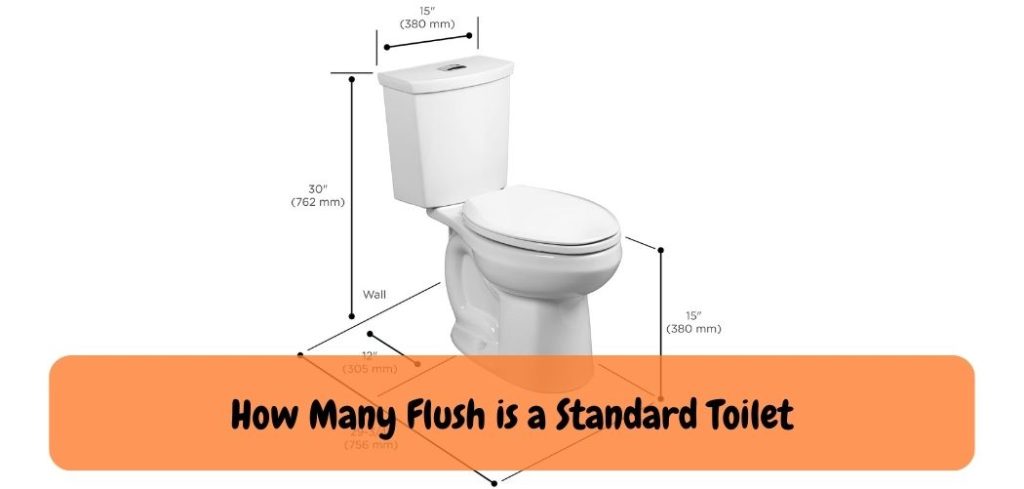
The standard toilet uses an average of 1.6 gallons per flush, which is the maximum allowed by federal law in the United States. This amount of water is enough to effectively remove waste while using minimal resources.
In some cases, this number can be as low as 0.8 gallons per flush with technology such as dual-flush toilets and pressure-assisted toilets that use a lower volume of water for liquids than solids.
Additionally, there are also ultra-low flow toilets that use even less water at only 1 gallon per flush or even 0.5 gallons per flush for those looking for extra efficiency in their toilet flushing needs!
What is the Difference between Standard And Comfort Height Toilets?
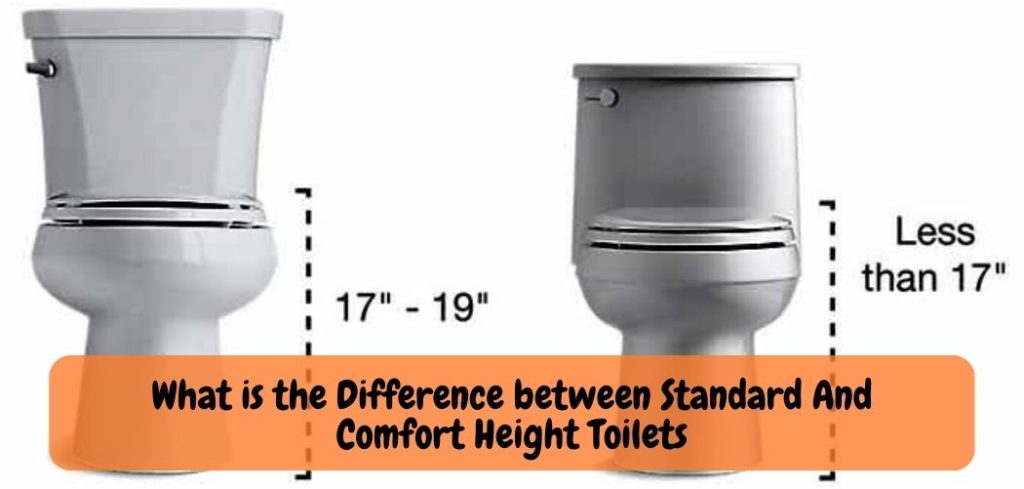
Standard height toilets are the most common kind of toilet that is installed in homes and businesses. They sit at a height of 15 inches from the floor, which makes them easy to use for adults and children alike. Standard height toilets are also easier to install than comfort-height models, as they require less space to fit into a bathroom layout.
Comfort-height toilets have become increasingly popular in recent years due to their added convenience and accessibility. These taller toilets measure 17 to 19 inches off the ground, providing additional ease of use for those with mobility issues or elderly people
Who may find it difficult to lower themselves onto a standard-height seat. Some comfort-height models also feature higher tank volumes which hold more water per flush, making them more efficient than standard models.
Ultimately, whether you choose standard or comfort-height will depend on your personal preference and needs; however both offer reliable performance options when it comes time for your bathroom remodel!
What is Standard Vs Low-Flow Toilet?
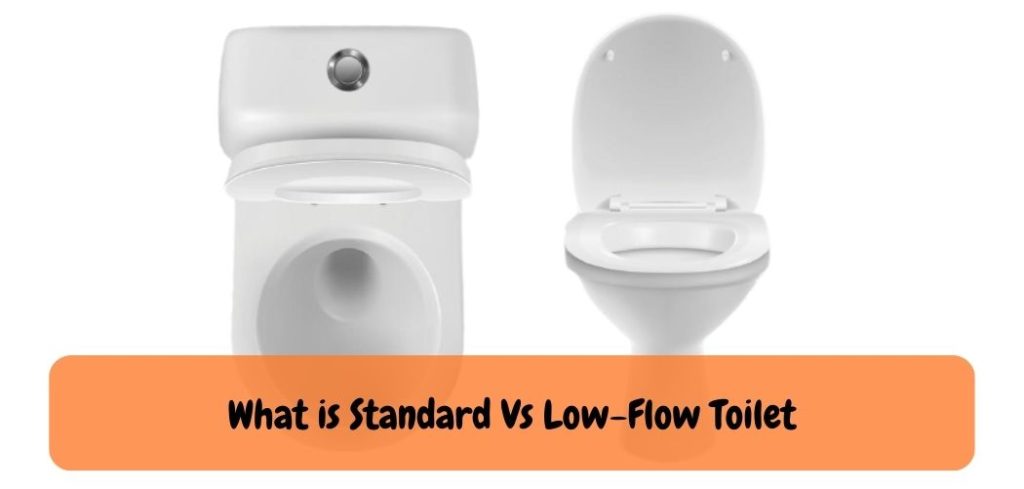
Standard toilets use 3.5 gallons of water per flush while low-flow toilets use 1.6 gallons or less per flush, making them more efficient than standard models. Low-flow toilets are designed with the same basic components as a standard toilet
However, they feature additional technology to help conserve water and reduce flushing costs. Low-flow toilets use pressure assisted flushes that create a powerful suction when triggered by the handle or button on top of the tank lid, allowing for faster and more effective waste removal.
Additionally, these types of toilets often have larger trapways compared to their traditional counterparts which helps further increase their efficiency without compromising performance in any way.
In addition to improving efficiency in terms of water conservation and cost savings, low-flow toilets also provide benefits such as improved hygiene levels due to fewer particles being spread throughout your home’s plumbing
system during each flush cycle and greater sustainability since you’re using less resources overall for each trip you take to the bathroom! All in all, if you’re looking for an ecofriendly solution that will save you money over time then investing in a low-flow toilet is definitely worth considering!
How Does a Flush Toilet Work | How Stuff Works | How Devices Work in 3D | Science For Kids
Conclusion
The standard flush toilet, with its straightforward design and reliable functionality, has become an essential fixture in modern bathrooms. Throughout this guide, we have explored the features, functionality, and benefits of this widely used toilet design.
By understanding the construction and components of a standard flush toilet, including the bowl, seat, tank, and flushing mechanism, you can make informed choices when selecting a toilet that suits your preferences and requirements.
Consider factors such as comfort, hygiene, durability, and water efficiency to ensure optimal performance and user satisfaction.
It is worth noting that advancements in toilet technology have led to the development of alternative options, such as dual-flush toilets and water-saving mechanisms. These innovative designs offer increased water efficiency and environmental sustainability.
However, the standard flush toilet remains a reliable and widely accessible choice for many households and commercial settings.


